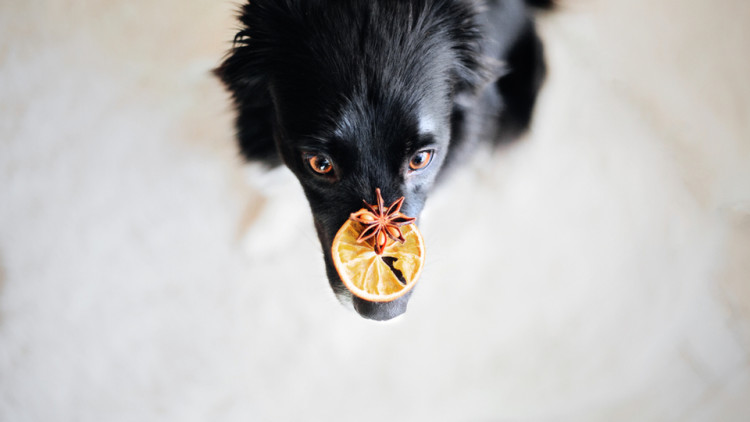There are many different ways to train your dog, but most dog trainers agree that positive reinforcement leads to the best long-term results and a happier pup. Clicker training, involving the use of a handheld device that makes a clicking sound, is a popular, user-friendly method of positive reinforcement.
But how exactly does clicker training for dogs work? We’ll walk you through the steps of clicker training your dog below, but first, let’s dig into why the clicker training technique is particularly useful.
Why use clicker training for dogs?
Rewarding your dog for good behavior incentivizes them to repeat it. When your dog does something positive in your training sessions, like coming to you when called or peeing on their puppy pee pad, your instinct is probably to give them a dog treat or verbal praise. While these are great strategies for encouraging desirable behavior, adding a clicker into the mix can make your training method even more effective.
The noise a clicker makes marks the exact moment when a dog performs a desired behavior, so there’s no confusion on their part. The sound, followed by another form of positive reinforcement like food rewards, helps them instantly recognize that they’ve done something well.
For example, imagine you’re training your dog to stay seated when someone comes to the door. If they sit, you reach for your treat pouch, and then they stand up, they may associate the reward with the standing behavior instead of the sitting behavior. By pressing the clicker when your dog exhibits good behavior, and following up with a treat, your pup learns to associate the noise with a reward. A clicker helps your dog identify the very instant that they’re doing what you want them to do, making their learning process faster.
If you’re wondering, “Will any type of noise work?” In theory, yes. You don’t need a clicker device to mark instances of good behavior, but clickers are particularly effective because they don’t have a purpose outside of your dog training. As a result, your pup won’t associate the noise with anything else. While you likely use verbal praise often, even when your dog hasn’t accomplished a new behavior, the clicker sound is solely associated with rewards in their mind.
Additionally, clickers are very affordable and easy to use, making them accessible to all dog owners. They’re available at most pet stores and several online retailers.
How to clicker train your dog
The first step in clicker training your dog is teaching them to associate the clicker noise with a treat. Simply press the clicker, give your pooch a treat, and repeat. After 10 to 20 repetitions, your dog will understand that the sound of the click means a reward is about to come, and you can start using it for training purposes.
There are three types of training that the clicker is particularly useful for, and in each case, you simply press the clicker and offer a treat so your dog is likely to repeat the behavior:
- Lure and reward training: This is when you use a treat to lure your dog into performing desired behavior. For example, if you’re teaching your dog a basic command like sit, you might show them a treat and hold it above their head so they have to sit to see it. Once they sit, you click and offer the reward.
- Shaping behavior: This is when you reward smaller steps of a larger, new behavior. If you want your dog to roll over, for instance, click and offer a treat or kibble when they lay down. Eventually, they’ll start trying other behaviors to try and figure out what you’re looking for. When they do the right thing, click again and offer another treat.
- Capturing behavior: Perhaps the most simple type of training, capturing is when you notice your dog doing something well and reward them for it. If your dog usually begs at the dinner table, but you notice them sitting in their bed instead, click and offer them a treat. Or
In each type of training, the clicker helps your dog understand exactly what they did well. Whether they’re learning to walk on a leash or in the throes of puppy socialization, clicker training your dog will ultimately help them recognize good behavior, making it more likely they’ll repeat it in the future.
Looking for more ways to keep your four-legged friend happy and healthy? Pumpkin’s dog insurance plans can help you afford the care your pup deserves when they get sick or hurt.
